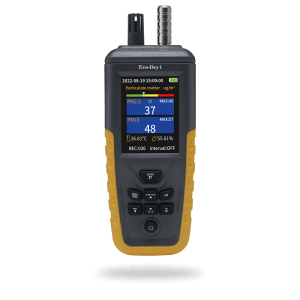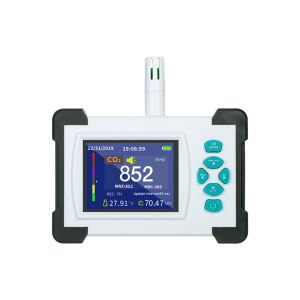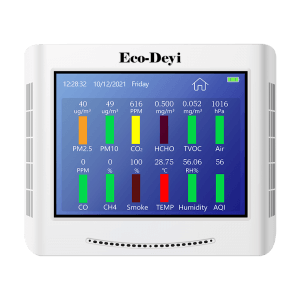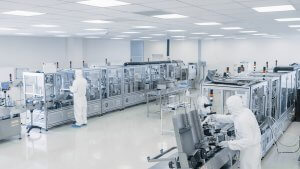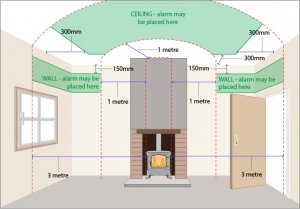Air pollution does not only become a health risk when it can be seen with the naked eye, but is particularly dangerous when the pollutant particles are at their smallest. Fine dust from the heating systems, industrial exhaust gases and nitrogen dioxide from the vehicles combine to form a poisonous cocktail.
It is sadly ironic that one of the world’s finest places for outdoor exercise should be so devastated by the toxic by-products of modern life. At the same time, it is a reminder to those who exercise outdoors that the dangers of air pollution lurk everywhere.
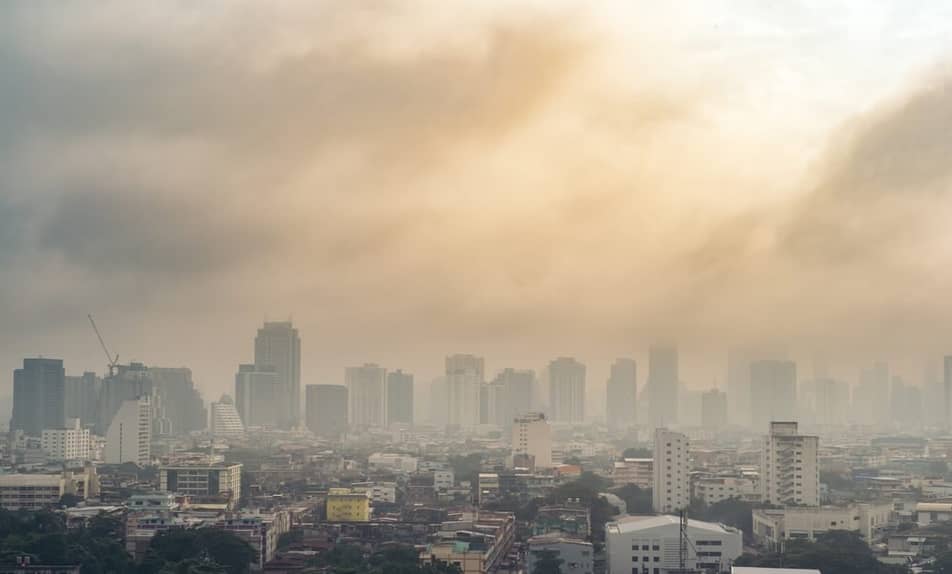
A race against air pollution
American ultra-distance runner Jared Campbell was so annoyed at having to struggle up and down through smog when he hit his beloved trails in Utah’s Salt Lake Valley, that he decided to hold a race as a demonstration against air pollution. The idea caught on and spread to other regions. In cooperation with local NGOs, donations are collected to improve air quality and pressure is exerted on local governments – now also in Europe.
Particulate matter pollution is one of the world’s greatest health risks
Air pollution is one of the greatest health risks that humans face. People who live in cities are the hardest hit: 91 percent of the world’s population live in places where air pollution exceeds the guideline values set by the World Health Organization (WHO).
Scientists calculated that 8.8 million people worldwide died prematurely in 2015 as a result of air pollution. This corresponds to a reduction in life expectancy by an average of 2.9 years.
What is the particulate matter made of?
Air pollution consists of a mixture of fine dust and gases from a wide variety of sources. These include soot and smoke, methane and carbon dioxide (CO2), but also “natural” components such as pollen or mold. The most important pollutants on our roads are carbon monoxide (CO), sulfur dioxide (SO2), nitrogen dioxide (NO2), ozone and particulate matter. Indoor air can contain additional pollutants such as radon, formaldehyde, asbestos and volatile organic compounds (VOCs).
What do toxins do in the body?
Some of the particles are so small – about one-thirtieth the thickness of a hair – that they get directly into the blood. NO2, SO2 and ozone irritate the respiratory tract. Particulate matter carried deep into the lungs can cause inflammation. CO prevents the absorption of oxygen into the blood. All of this puts a strain on the entire organism. “All organs seem to be affected in one way or another from breathing polluted air,” says Professor Frank Kelly, director of the Environmental Research Group at London’s King’s College. Countless studies show effects such as asthma attacks and an increased risk of heart disease, stroke, arteriosclerosis, dementia and premature birth .
It starts as early as childhood: children from heavily polluted areas have a smaller lung volume than those who grow up in a clean environment. In addition, when we are running, the increased breathing not only increases the volume of air inhaled and exhaled, and when you are breathing through the mouth, fine dust particles can also bypass the mucous membranes of the nasal passages and reach the lungs directly.
Runners have fewer health problems
So should you put away your running shoes? No! However, the benefits of outdoor physical activity outweigh the potential risks, even in heavily polluted environments. Air pollution is very bad for our health and exposure to it should be minimized, physical inactivity is also extremely detrimental to health.
“Active people who live in heavily polluted neighborhoods still have fewer health problems than inactive people who are exposed to the same pollution.” Edward, professor of environmental medicine at the University of Southern California (USA), shares this view. He has devoted his career to studying the effects of air pollution and has been running all his life. “The benefits of exercise are well documented,” he says. “These include improved oxygenation, stress reduction, reduced risk of breast cancer and dementia, increased muscle strength and mobility, and improved quality of life.”
How can you protect yourself from air pollution?
If you want to protect yourself better, you should first think about where and when you run, because the occurrence of air pollution is very limited in terms of time and location.
The rules of thumb are:
- Run early in the morning or late at night. Air pollution is higher during rush hours and at midday.
- Avoid routes with heavy traffic. If you are walking on a wide sidewalk, keep as far away from the road as possible.
- Use local parks. Not only are you farther away from traffic, the trees absorb harmful gases and even filter fine dust from the air.
Check fine dust pollution of the running routes beforehand
Do you love numbers and statistics? There are many ways to track the air pollution in your region and plan your running routes accordingly. For example, the current values from the measuring stations in your area can be viewed online at any time. The portable air quality measuring devices could also be helpful.Dongguan Deyi Electronic Technology Co., Ltd is currently testing a Bluetooth-enabled device that synchronizes with the smartphone and measures the air pollution with fine dust, NO2 and VOCs.
Another option would be to run on the treadmill when the air pollution is high, but the air in the room could also be polluted. The level of pollution in buildings can vary greatly since possible sources are candles, glue and solvents.
Respirator against fine dust?
Many city dwellers try to protect their lungs from fine dust pollution with masks or towels and mistakenly think they are safe. Cloth respirators are not very helpful. The fabric masks only protect against coarse dust, and fine dust particles continue to enter the lungs unhindered. The surgical face mask, as we have known it since the corona pandemic, offers better protection. This mask filters up to 80 percent of both large and small particles from the air.


